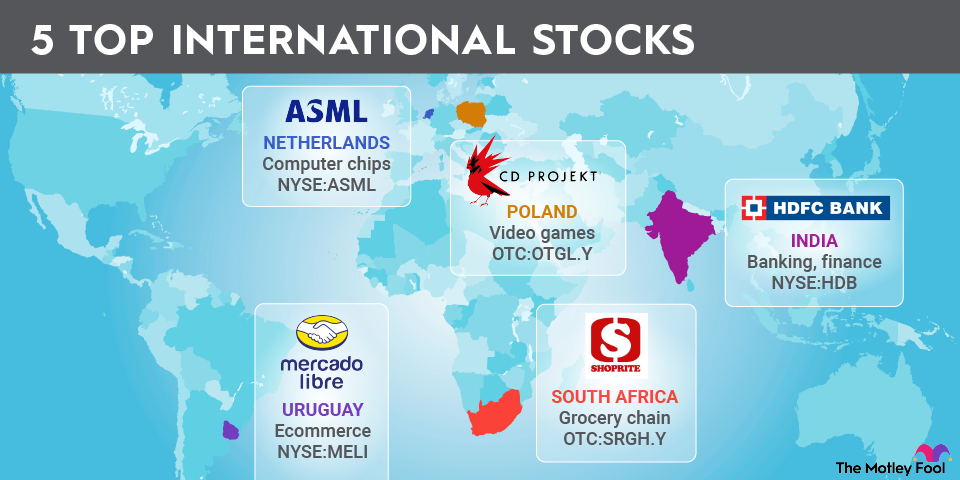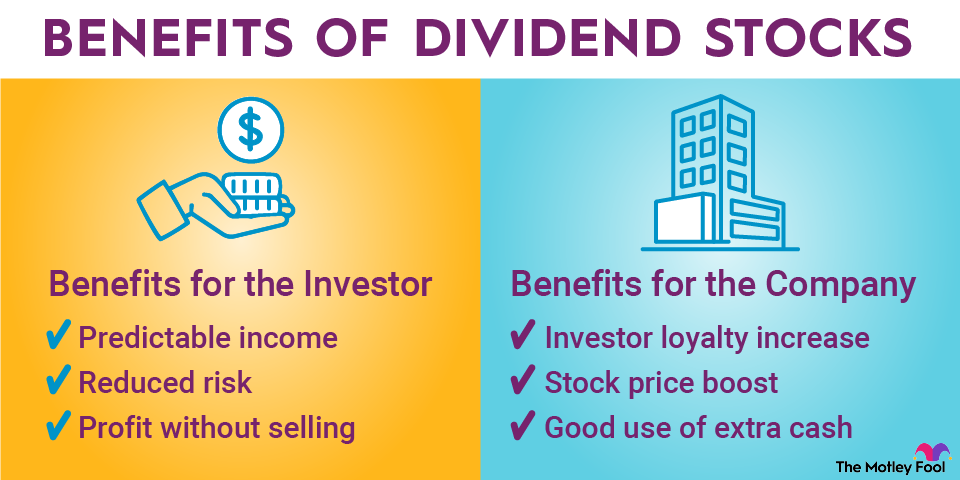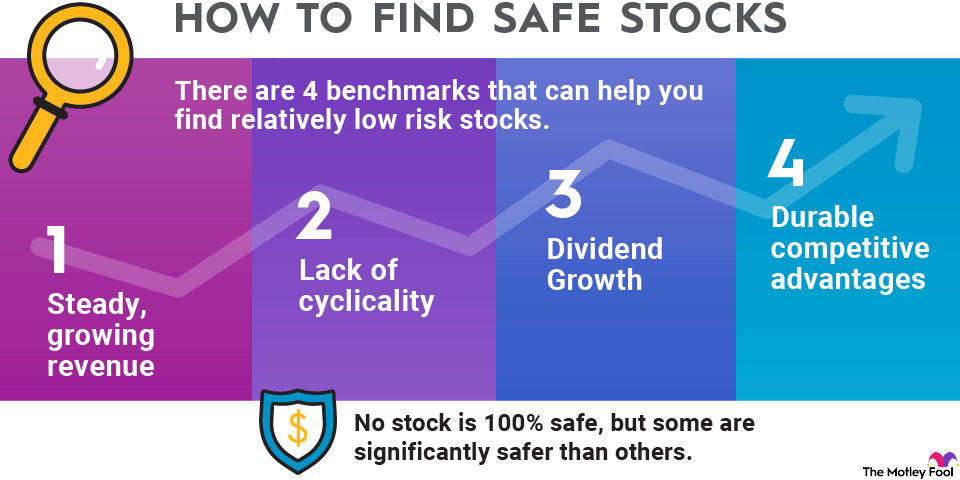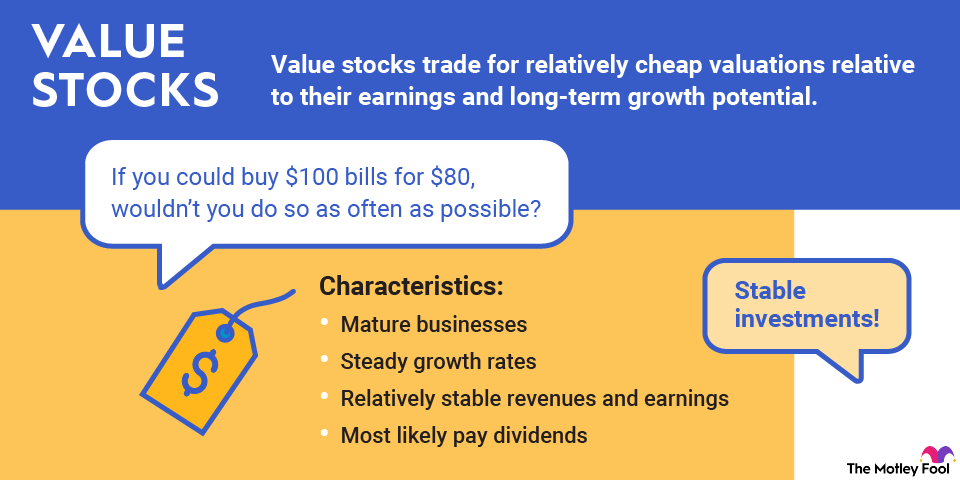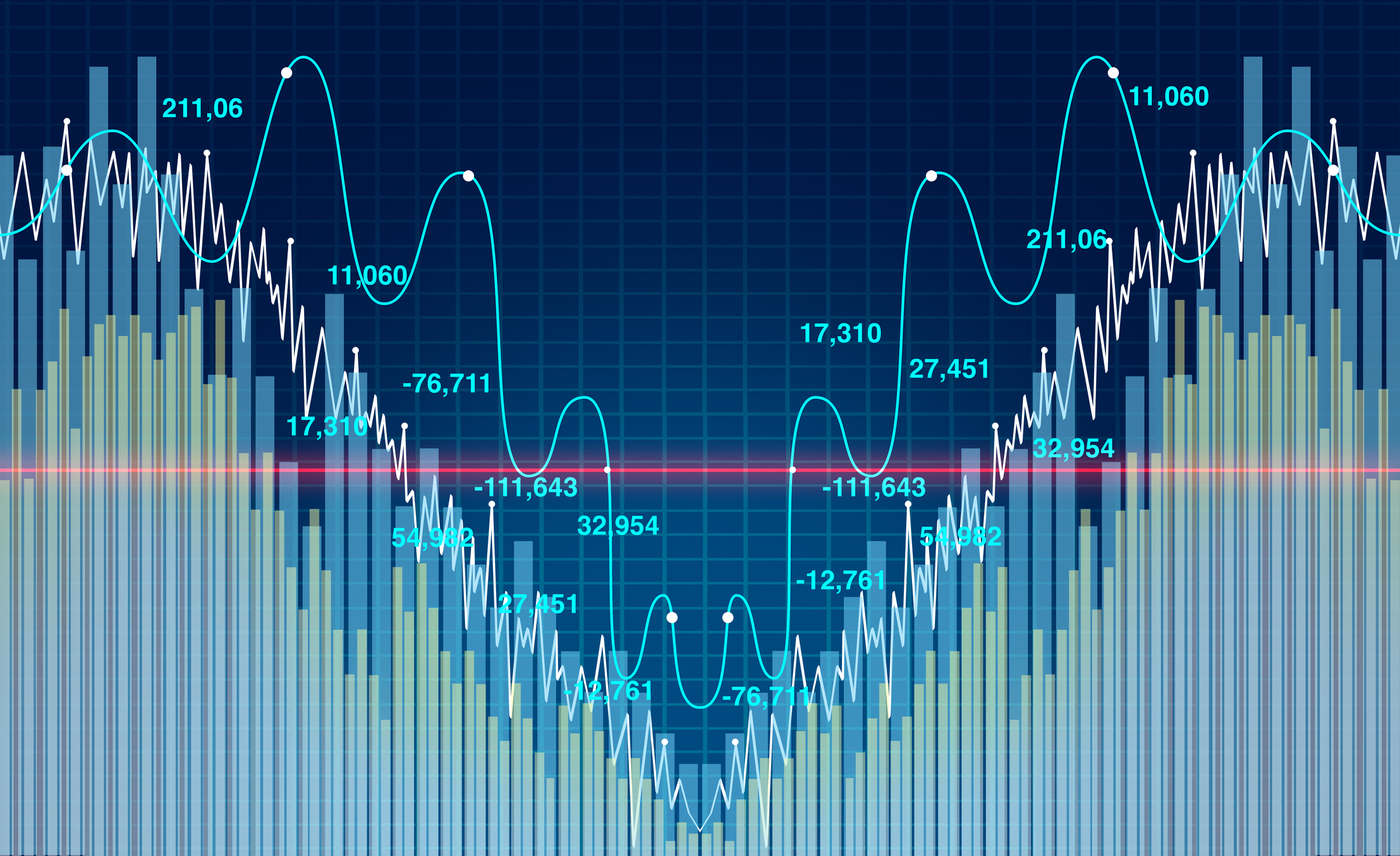Some of the best stocks to buy in the past 25 years started as small-cap stocks. Amazon (AMZN +1.41%) was a $7 stock in 1998, and Tesla (TSLA +2.27%) had a market valuation of a little more than $1 billion in 2010.
Of course, not every small-cap company becomes a giant. Investing in small companies can be rewarding, but it also comes with risks that investors need to understand. Here's a close look at small-cap stocks, including our picks for some of the best.

What are small-cap stocks?
"Small cap" is short for small market capitalization, which is equal to a company's share price multiplied by the number of shares outstanding. A company is generally considered to be a small cap if its market cap falls between $300 million and $2 billion. Stocks classified by market capitalization are generally divided as follows:
Category | Market Capitalization |
|---|---|
Micro-cap companies | Less than $300 million |
Small-cap companies | $300 million to $2 billion |
Mid-cap companies | $2 billion to $10 billion |
Large-cap companies | $10 billion to $200 billion |
Mega-cap companies | More than $200 billion |
Small-cap companies are often young companies. They tend to have significant growth potential but are generally less stable than their larger, more established peers. They are often unprofitable.
However, a comparison of the small-cap-focused Russell 2000 index and the large-cap-focused S&P 500 shows that small-cap stocks have outperformed large-cap companies since 2000. Yet large caps have narrowed the gap significantly as artificial intelligence (AI) has become more widely adopted. The chart below demonstrates the difference:
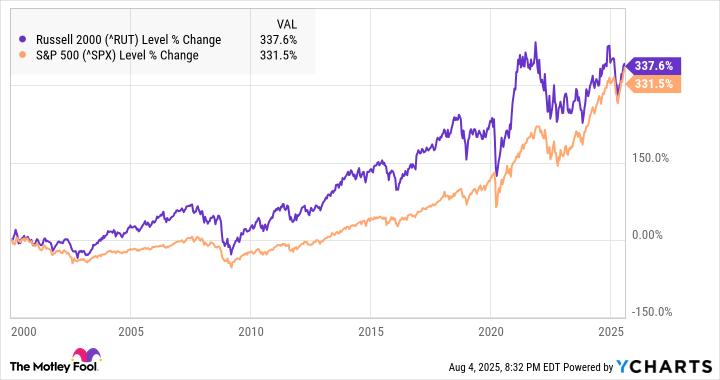
Over time, small-cap stock prices tend to be more volatile than those of larger companies, and stock values fluctuate more dramatically. Typically, small caps outperform in bull markets, but the recent one has been different. Thanks to the AI boom that began around 2023, large-cap tech stocks have paced the stock market's gains, while small-cap stocks have underperformed, in part due to high interest rates.
Small caps have also fallen sharply amid concerns about tariffs and trade wars, showing again that they're more volatile than their large-cap peers.

NASDAQ: MGNI
Key Data Points
Magnite partners with The Trade Desk (TTD +0.41%) and other adtech companies to manage publisher inventory efficiently and keep its technology up to date. In one positive sign, the company recently announced that the FanDuel Sports Network has seen a 25% year-over-year increase in its total impressions, thanks to Magnite.
The ad tech company could also benefit from the recent ruling finding Google to have a monopoly in adtech. While its growth has moderated since the COVID-19 pandemic boom, Magnite still has a lot of potential growth ahead of it and remains the CTV leader for supply-side adtech.
2. Amplitude
Amplitude (AMPL +1.22%) is a leader in digital product analytics. The company's software allows businesses to see how customers interact with their apps and websites so they can make improvements and learn what works and what doesn't.

NASDAQ: AMPL
Key Data Points

NASDAQ: CWCO
Key Data Points
The company is currently focused on the Caribbean market, with several plants in the Cayman Islands and the Bahamas. That's helped it deliver strong growth in recent years, outperforming its water utility peers. The trend should continue as it capitalizes on the desalination opportunity and water scarcity becomes a greater problem.
In June, the company raised its quarterly dividend 27% to $0.14, a sign of confidence in its future growth.
4. Sweetgreen

NYSE: SG
Key Data Points

NASDAQ: SERV
Key Data Points
Small caps vs. large caps
Over the last decade, large caps have outperformed small caps by a considerable margin. That's largely due to the outperformance of the Magnificent Seven, especially during the recent AI era. The largest companies on the stock market, like Nvidia, Tesla, Meta Platforms (META +0.10%), and others, have all delivered strong or even exceptional returns over the last decade, which has favored large caps over small caps.
Let's review the advantages and disadvantages of each stock type.
Advantages of small-cap stocks:
- Allow for more upside potential, in general.
- Outperform in bull markets, in general.
- Offer a wider range of diversification.
Disadvantages of small-cap stocks:
- Tend to underperform in bear markets.
- Vulnerable to high interest rates.
- More volatile.
Advantages of large-cap stocks:
- Less volatile/safer.
- Less downside in bear markets.
- More exposure to AI, for now.
Disadvantages of large-cap stocks:
- Less upside in bull markets, historically.
- More concentration in a handful of stocks.
- Less upside if interest rates come down.
Related investing topics
Should you invest in small-cap stocks?
If you are willing to hold an investment for several years and feel comfortable with the price of a stock fluctuating significantly, then small-cap stocks might have a place in your portfolio. Owning small-cap stocks can boost your portfolio's overall growth rate, provided you commit to a buy-and-hold investing strategy.
Remember, small companies are more likely to fail than large, established businesses, as we saw during the COVID-19 pandemic. It's important to do your research before investing in any small-cap stock. You can also lower your risk by investing in a small-cap-focused fund.


